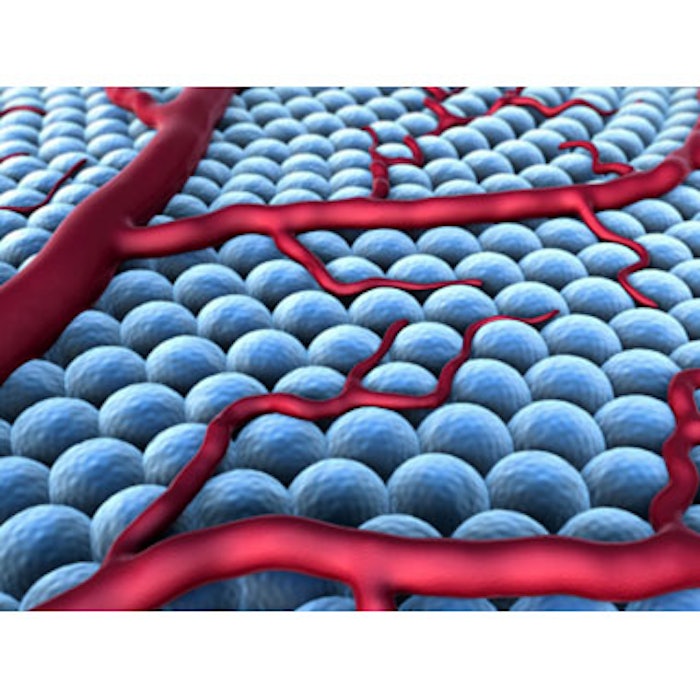
A study published in the Journal of Investigative Dermatology (December 2015) addressed the link between pigmentation and vascularization in melasma and hyperpigmentation. Using high-magnification digital epiluminescence dermatoscopy, laser confocal microscopy and histological examination, Claire Regazzetti, et al, demonstrated that benign vascular lesions have restricted but significant hyperpigmentation compared with the surrounding skin. The researchers then studied the role of microvascular endothelial cells in regulating skin pigmentation using an in vitro co-culture model with endothelial cells and melanocytes. Their results demonstrated the role of underlying microvascularization in skin pigmentation: endothelin 1 released by microvascular endothelial cells induced increased melanogenesis signaling; immunostaining for endothelin 1 in vascular lesions confirmed the increased expression on the basal layer of the epidermis above small vessels compared with perilesional skin; and culturing of reconstructed skin with microvascular endothelial cells led to increased skin pigmentation that they argue could be prevented by inhibiting EDNRB.
“By dissecting the pathway involved in the pigmentation associated with vascularization, we demonstrate here the key role of the EDNRB,” the researchers wrote. “Thus, developing topical agents to inhibit ENDRB activation on melanocytes may limit the impact of the underlying vascularization and provide, in combination with classic depigmenting agents, a powerful approach to treat melasma and prevent relapses.”
Photo copyright Getty Images.











